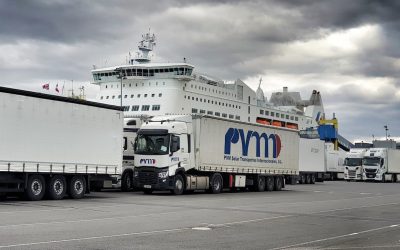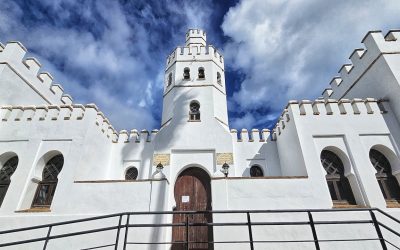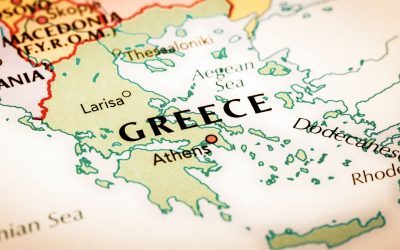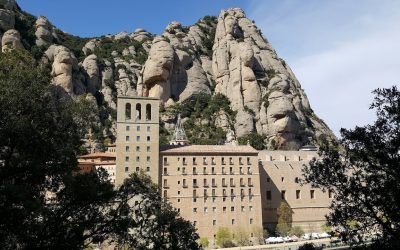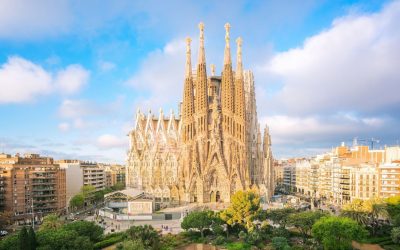The Age-old Conundrum - Road or Ferry? Europe’s shores are calling; adventure, culture and a rich tapestry of beautiful scenery awaits....

Barcelona
Barcelona
Reasons to tour Spain in a motorhome
Travelling through Spain over the last two years has been an enlightening experience that has taught us plenty, surprised us consistently...
A Route through Italy to Greece
Sitting in Spain at the beginning of the year, we started contemplating the next chapter in our Motoroaming adventures - our Greek...
Exploring Beyond Barcelona
Now don't get me wrong, Barcelona is such a vibrant, engaging and enthralling city, that a weekend will more than do its streets and...
A Guide to a Barcelona city break
Having been to Barcelona before, I was interested to see how I would feel coming back into the city for a third visit. We had a friend to...
Follow us
You can find us on social media,
different channels for different content.

